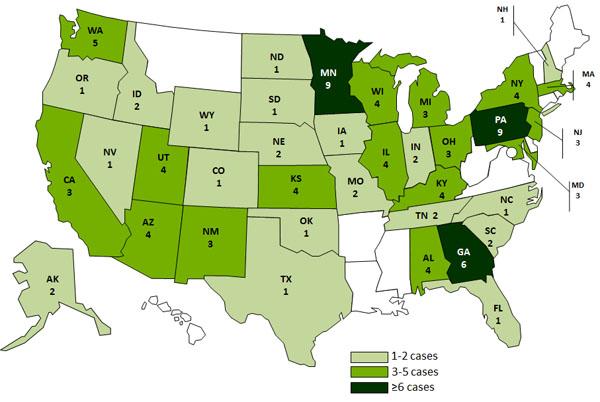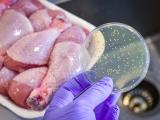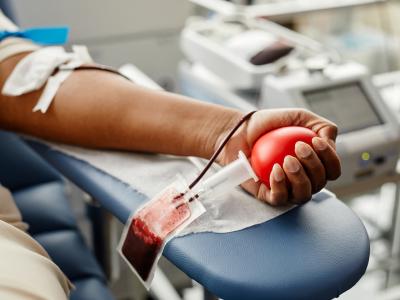Jan 18, 2012 (CIDRAP News) – Gaps in biosafety training likely played a role in a Salmonella Typhimurium outbreak linked to lab exposure that sickened 109 people in 38 states, the US Centers for Disease Control and Prevention (CDC) said yesterday.
The outbreak involved a commercially available Salmonella Typhimurium strain used in laboratories, and health officials believe students or lab employees may have carried the bacteria home on contaminated lab coats, pens, cell phones, or other items. Some of the patients were children who live in households with a person who studies or works in a microbiology lab.
The number of patients sickened in the outbreak grew by 36 since the CDC's initial announcement about it on Apr 28, 2011, with three more states reporting cases. The death toll in the outbreak remained at one, and the last illness onset date was Jun 14, 2011, according to yesterday's report, which the CDC said is its final update on the event.
Over the past several months the number of new cases has decreased substantially, returning to the background level of 0 to 4 cases that the CDC said it expects to see each week.
An earlier epidemiologic study had suggested the cases were linked to exposure to clinical or teaching microbiology labs, and the CDC said it would survey labs to identify areas where biosafety improvements are needed.
In yesterday's update, the CDC said a survey of staff members in labs that had outbreak illnesses and in labs that had none found that lab practices and settings were similar, but several differences were found in biosafety training.
Safety training in labs that didn't have illnesses was more likely to cover the signs and symptoms of Salmonella infections, the agency said. Though labs in both groups had similar safety policies in place, some policies appeared to be tougher to enforce and monitor, such as not allowing handheld devices such as cell phones and music players in the lab work space.
The CDC said the survey suggests that lab instructors should improve the training of staff and students on proper biosafety measures.
The CDC advised lab students and workers to observe biosafety practices when working with agents such as Salmonella and to avoid bringing home pens, notebooks, and other items used inside the lab. The agency also warned against bringing food, drinks, and personal items such as car keys and cell phones into the labs, where they can become contaminated.
The statement also listed a number of safety reminders for lab directors, managers, and faculty, including recommendations such as not allowing lab coats to leave the lab and making sure students have dedicated items at work stations, such as writing utensils and other supplies that don't leave the area.
See also:
Jan 17 CDC outbreak update
Apr 29, 2011, CIDRAP News story "Lab Salmonella strain sickens 73 people in 35 states"















